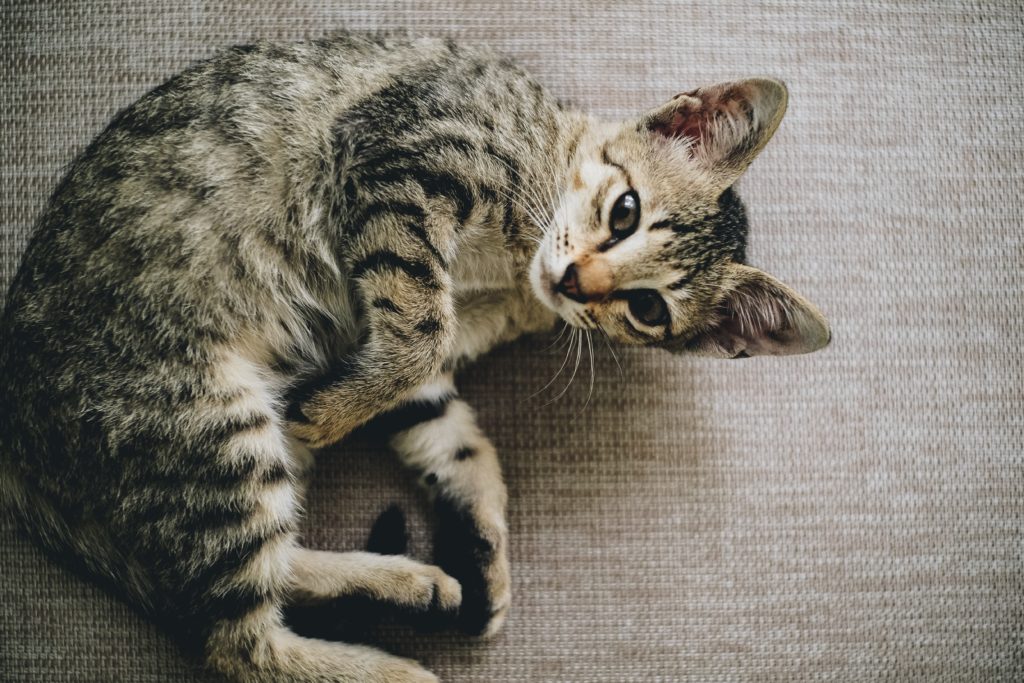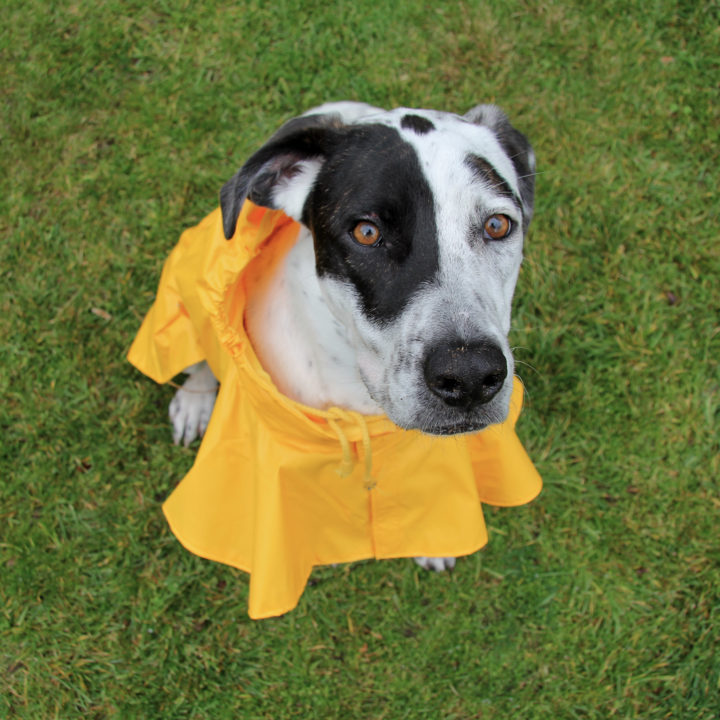If you are experiencing an animal emergency then please stop here and call your vets for direct and immediate advice! This article is designed to help you prepare for an emergency. First aid is not a substitute for veterinary treatment and first aid should always be followed by a veterinary visit.
Knowing what to do in life threatening situations will make a huge difference to the outcome of a critical situation. It is important that you know what to do if your cat is injured or has an unexpected medical emergency. Acting calmly and quickly may mean the difference between life and death.
The basics:
- Remove your cat from further danger but do not put yourself at risk.
- Call a vet as soon as possible for specific advice. Ideally get a friend to call so that you are free to help your cat.
- Handling an injured cat can be difficult. Even the sweetest, most gentle cat could become aggressive due to fear and pain; so please be careful and wear gloves if you have some nearby.
- Using a towel or blanket to wrap then can help to reduce struggling and risk of further injury.
- Place your cat in a cat carrier for transportation to the vets. This is key because if an injured and scared cat escapes they may flee.
- Do not offer your cat food in case they need an anaesthetic once they get to the vets.

CPR for cats:
- Firstly, check for a heartbeat but placing your thumb and fingers around the bottom of the chest, behind the elbows.
- Lay the cat on its side and check in the mouth for any debris and to pull the tongue forwards.
- If there is no heartbeat then chest compressions are needed. Place your hand around the bottom of the ribcage, just behind the elbows. Then squeeze the chest, aiming to compress it by half with each compression. Aim for a rate of about for about 100 compressions per minute. Pause every 30 seconds to see if there is a spontaneous heartbeat or any breathing.
- If there is no spontaneous breathing then try mouth-to-nose respiration. Start by holding the mouth shut, tilting the head backwards and then blow small breaths into both nostrils for 2 seconds, pausing for 3 seconds between breaths. As you do this you should see the chest move. Cats lungs are very small compared to our so be careful not to overinflate.
Here is more specific advice for certain situations:
Road Traffic Accidents (RTAs) and serious falls
- Unfortunately, RTAs are the most common situation that cats need immediate first aid.
- Remove your cat from the area of danger.
- Be gentle when handling as they may have fractured bones or internal injuries.
- Try not to twist the body in case of spinal fractures.
- Shocked cats get cold very quickly so wrap them in a blanket to keep them warm and reduce struggling.
- Get to the closest vet asap! Ideally let them know that you are on your way so that they can prepare equipment for swift treatment.
- Remember that castrating your cat will greatly reduce their risk of being involved in an RTA as neutered males roam far less that entire toms.
Toxins
- If you suspect that your cat has ingested something toxic, either by eating it or grooming it off their fur, then please contact your vet immediately.
- Symptoms of poisoning can be very non-specific but can include drooling, vomiting, diarrhoea, incoordination and seizures.
- If you know what your cat has managed to ingest then please take the packaging with you to the vets.
Bleeding wounds
- If your cat will let you then applying a compress over the area will help stem the blood loss. Do not use any disinfectants as this will hurt your cat and may also damage the exposed tissues.
- Go to a vet as soon as possible for pain relief and further treatment.
Seizures
- Do not try to hold your cat during a seizure as you may be injured.
- Place you cat on the floor, darken the room and lower the noise levels.
- Call your vet for direct advice.
- Time the length of a seizure.
- When cats recover from a seizure they can become very disoriented and possibly aggressive so please be careful.

Electrocution
- Most importantly, make sure you turn off the power supply and remove the plug from the socket before touching an electrocuted animal.
- The most common example of this is when a cat chew through cables.
- Check if the cat is conscious, if not then begin CPR as above.
- If the shock does not kill them, the electric shock may burn the tongue and mouth.
- Contact your vet urgently.
Drowning
- Never endanger your own life when trying to rescue an animal from water.
- Once the cat has been removed from the water, check that it is conscious.
- If not conscious, check for a heartbeat by placing your hand around the bottom of the ribcage, just behind the elbows.
- Lay the cat on its side with the head lower than the body and then check for anything stuck in the mouth and pull the tongue forwards. Be careful not to get bitten.
- If there is no spontaneous breathing then carefully press on the cat’s chest and then allow the lungs to inflate. This may help bring some of the fluid out of the lungs.
- Begin CPR as detailed above.
- Wrap the cat in a blanket and get to a vet immediately. Wet cats get cold very quickly.





Comments